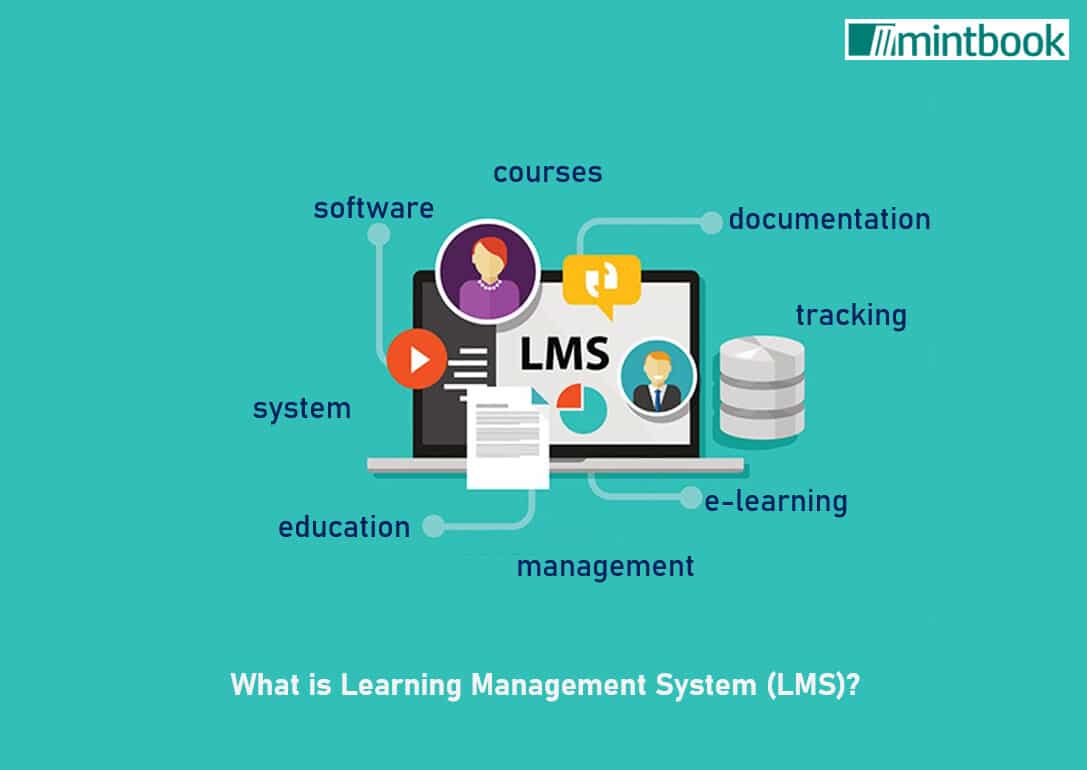Determining the right educational platform is a crucial factor for any institution seeking to boost its instructional as well as education efforts. Considering countless options on the market, each showcasing unique features and capabilities, finding an LMS platform that truly fulfills your requirements can seem daunting. This is not just about having the most recent technology; rather, it is about comprehending your specific goals, audience, and the nature of material you want to provide.
To make the best decision, you need to go above the flashy marketing and evaluate how each LMS platform matches with your organization's objectives. Whether you're a modest company aiming to provide instructional resources for staff or a big institution providing courses to a mixed audience, the suitable LMS can streamline processes, improve engagement, and ultimately lead to enhanced learning outcomes. This article will guide you through the essential factors to think about in your pursuit for the best LMS, guaranteeing you select a solution that truly aids your learning initiatives.
Key Features to Consider
When choosing an impactful LMS platform, one of the most important features to assess is its user interface and overall user experience. An user-friendly and simple interface improves student engagement and minimizes the learning curve for both teachers and learners. Look for a platform that offers a minimalist design, straightforward navigation, and easy-to-find support resources. A seamless user experience can make a significant difference in the acceptance and effectiveness of the LMS.
Another important feature to examine is the flexibility and scalability of the LMS system. Diverse organizations have different needs, and a one-size-fits-all approach often fails to meet expectations. It is essential to choose a platform that allows for tailoring of content, visual identity, and permissions. Additionally, the ability to scale is imperative for ensuring the LMS can expand alongside your organization and adapt to evolving requirements as more learners and materials are added.

Integration capabilities with additional software and systems also play a key role in the effectiveness of an LMS platform. Consider how well the LMS integrates with current tools such as customer relationship management systems, content creation tools, and analytics systems. A robust LMS should facilitate smooth data transfer and help users to leverage various tools without disruption. This integration enhances the overall functionality and can lead to enhanced educational outcomes.
Assessing User Experience
When selecting an LMS platform, user experience is critical to ensuring that both students and educators can use the system efficiently. A simple interface can significantly enhance engagement and reduce confusion. Look for platforms that prioritize clear design, with straightforward navigation menus and accessible features. Consider running trials to see how easily users can move through course materials and admin duties.
Another crucial aspect of UX is the level of support and materials provided. Check if the LMS platform offers comprehensive user guides, tutorials, and active customer service. Platforms that provide dedicated support teams and communicate with their user communities can make a big difference in user satisfaction and problem resolution. Additionally, assess the offerings of training sessions for administrators and instructors, which can lead to improved overall usage.
Finally, consider the reviews from current users regarding their experiences with the LMS. Look for ratings or testimonials that highlight both strengths and weaknesses. Engaging with user forums can provide insights into frequent challenges and unique solutions employed by others. Ultimately, selecting a platform that consistently receives positive feedback for its user experience will probably contribute to the success of your learning initiatives.
Cost vs. Value Assessment
When selecting an LMS system, it’s essential to gaze beyond the upfront cost and assess the complete value it offers to your company. While several systems may show a attractive low-cost option, they often do not have essential features that can boost the learning process. A deep understanding of what you get for the cost will assist you identify solutions that offer higher returns on investment, guaranteeing that the system you choose matches with your strategic educational objectives.
It is necessary to take into account both explicit and implicit advantages when reviewing costs. kallidus.com may comprise features like data analysis tools, metrics for user engagement, and integration capabilities with other platforms. Intangible benefits might consist of improved learner satisfaction, time savings for administrators, and the potential to expand educational efforts as your company grows. Weighing these elements will enable you to assess whether the pricing structure represents the value the LMS system provides over time.
Ultimately, an LMS system is not merely a single entry in your financial plan but a strategic investment in your employee development. By centering on the benefit provided rather than just the price, you can make a more educated choice that supports your company's expansion and learning objectives. Choosing a platform that delivers the appropriate mix of capabilities, user experience, and assistance will ensure that your commitment pays off substantially in the long run.
